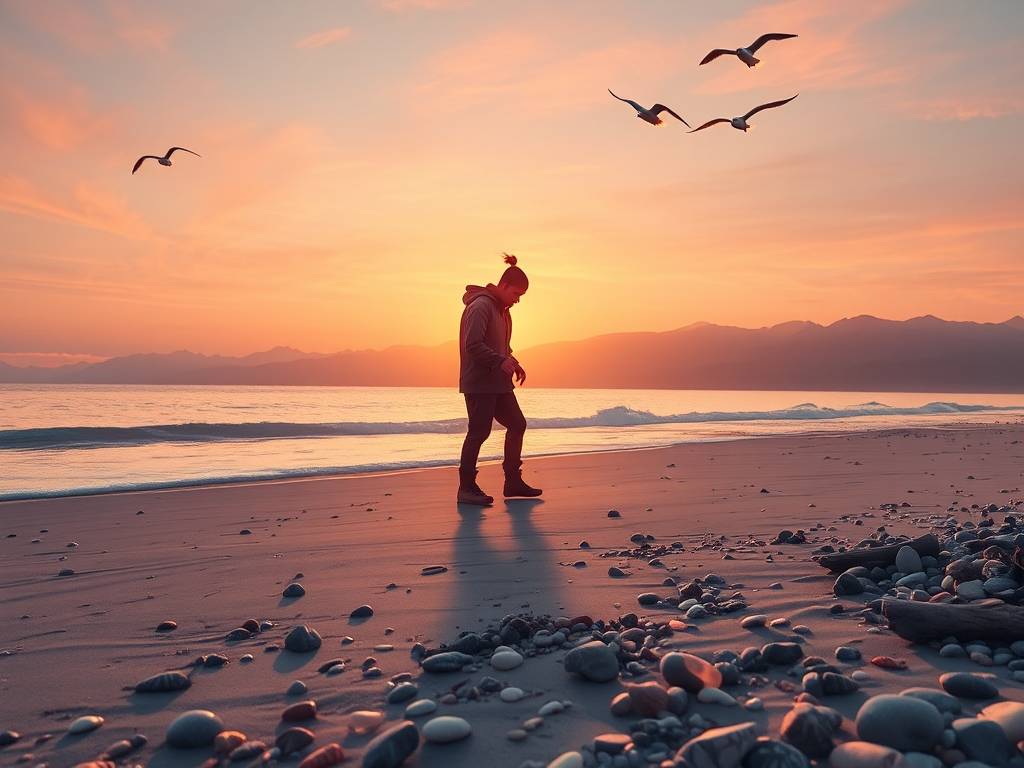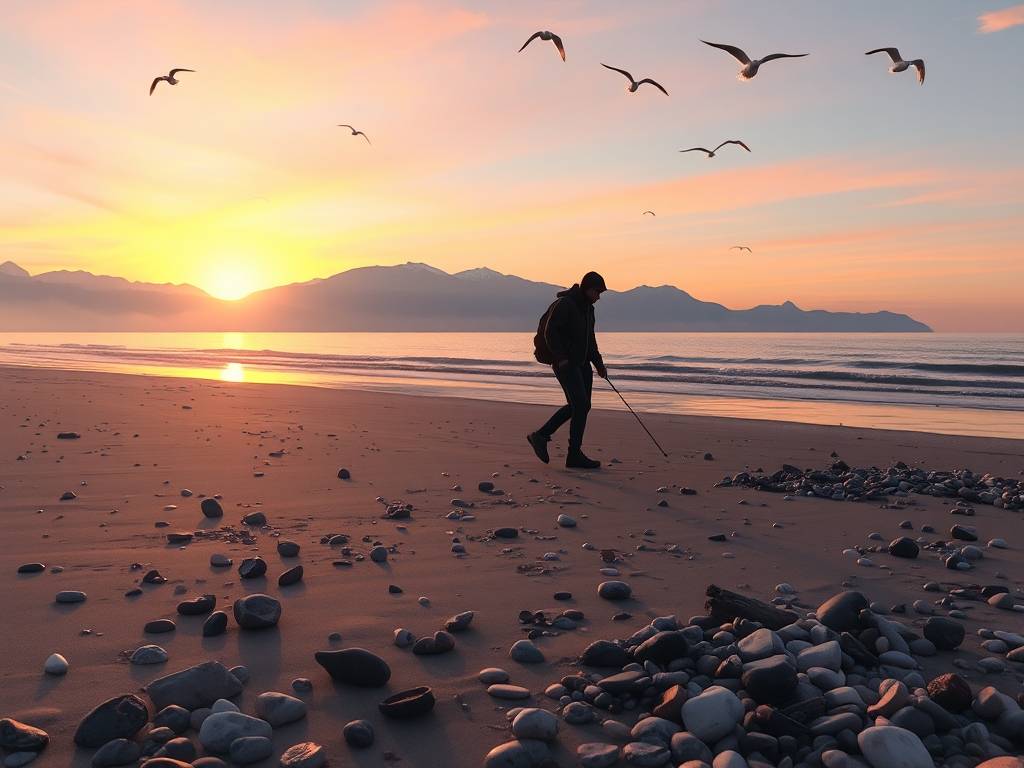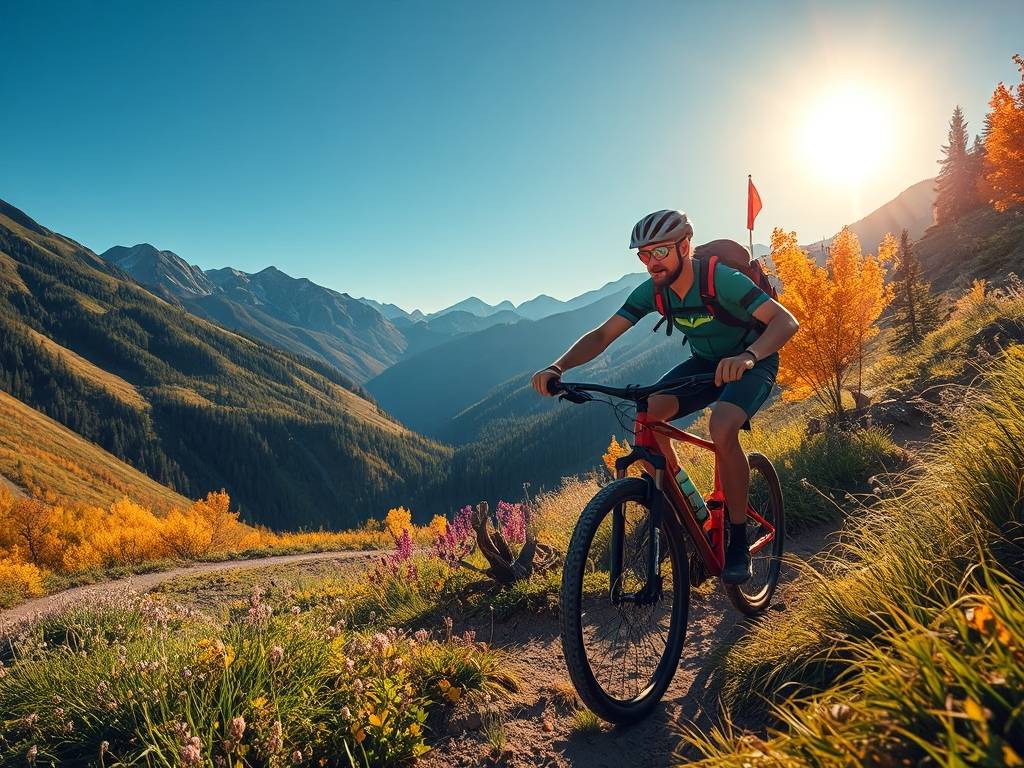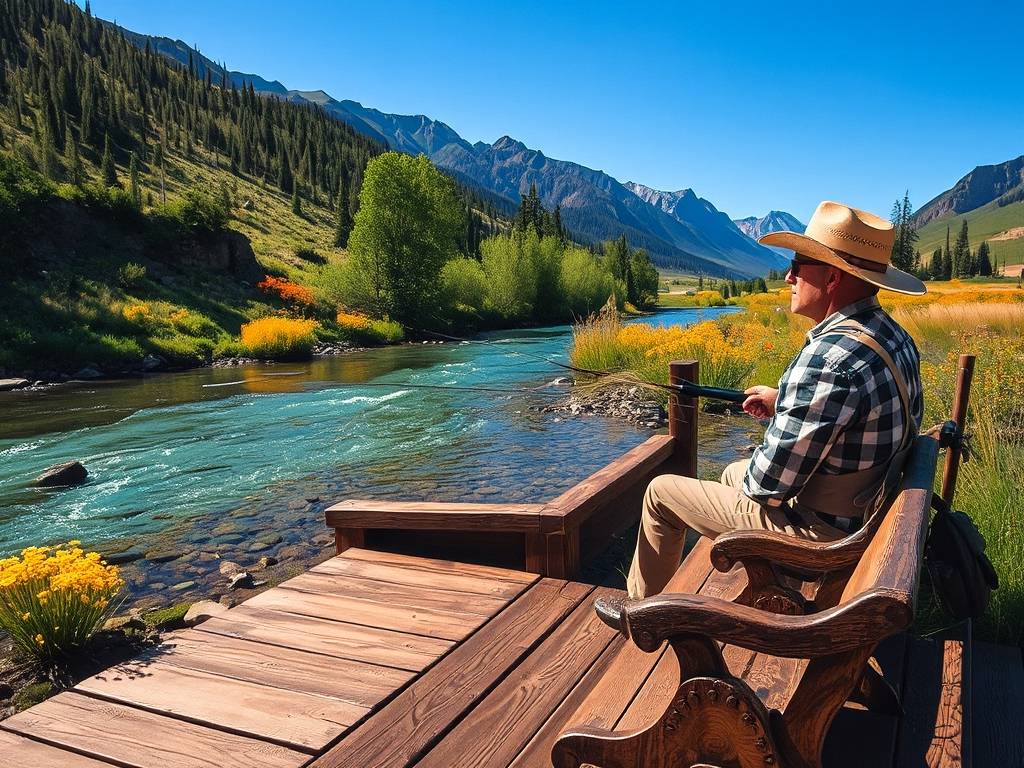USA Travel
US Travel: Beachcombing in Washington’s Olympic National Park
Tides and Treasures: Your Ultimate Guide to Beachcombing in Washington’s Olympic National Park
The sound is the first thing that captures you. It’s not the predictable, rhythmic crash of a California surf, but something more ancient and complex—a deep-throated roar of Pacific waves meeting a wild, untamed shore, followed by the symphony of a trillion retreating stones tumbling over one another. This is the coastline of Olympic National Park, a place where beachcombing is less a leisurely stroll and more an expedition into the heart of wilderness.
Stretching for over 70 miles along Washington’s Olympic Peninsula, this is a coastline of dramatic contrast. It’s where emerald temperate rainforests, dripping with moss and ferns, plunge directly into the fierce, steel-blue expanse of the Pacific Ocean. This unique convergence of ecosystems creates a beachcombing experience unlike any other in the United States. Forget wide, sandy beaches dotted with umbrellas; here, your companions are sea stacks, tide pools teeming with life, and the colossal skeletons of ancient trees, sculpted by salt and wind into nature’s modern art.

Preparing for Your Wilderness Beach Adventure
Before you set foot on the sand, understanding the unique challenges of this environment is crucial for a safe and rewarding trip. This isn't a boardwalk promenade; it's a dynamic, sometimes unforgiving, wilderness.
- Tide Tables are Your Bible: The single most important piece of gear you will bring is a current tide table, available at any park visitor center or online. The tidal range here is extreme. A beach that is a quarter-mile wide at low tide can vanish completely under crashing waves at high tide. Planning your beach hike around low tide is non-negotiable for safety. Many headlands are impassable at high tide, potentially trapping you in a cove with no escape route. Make note of the time for low tide and plan to be off the beach or past any headlands well before the water turns.
- What to Wear and Pack: The weather is famously moody. Rain, wind, and sun can all make an appearance in a single hour. Layering is key. A waterproof and windproof jacket is essential, even on a sunny summer morning. Sturdy, closed-toe shoes with good grip are a must for navigating slippery rocks and logs. Pack plenty of water, high-energy snacks, a first-aid kit, a headlamp (in case your hike takes longer than expected), and a map. Cell service is virtually non-existent.
- The Log Roll Hazard: Be extremely cautious around the "log soup" zones—areas where massive, waterlogged driftwood logs are piled up by winter storms. These logs can shift unexpectedly with the tide or underfoot. Never walk on them when they are wet, and be vigilant when waves are active.
Your Beachcombing Itinerary: From Easy Strolls to Epic Treks
The park's coastline is broadly divided into two main sections, each offering a distinct flavor of adventure.
1. Kalaloch and the Beaches of the South
This area is more accessible, making it perfect for families, those with limited time, or anyone seeking a less strenuous introduction to wilderness beach exploration.
- Kalaloch Beach 4: A premier destination for any aspiring tide pool enthusiast. At a minus tide, the receding ocean reveals a breathtaking underwater world. You’ll find vibrant purple and orange sea stars (often recovering from a wasting disease, so look but don't touch), bustling hermit crabs, green anemones that cling to the rocks, and sculpots camouflaged perfectly against the seabed. Remember to tread carefully and leave all marine life exactly where you found it.
- Ruby Beach: Perhaps the most photographed beach in the park, and for good reason. Named for the tiny garnet fragments that sparkle in the sand, Ruby Beach is a landscape of epic drama. A creek meanders across the sand, weaving around a sea stack island forest that seems to defy the ocean itself. It’s a relatively short walk from the parking lot, offering maximum scenic reward for minimal effort and is a fantastic spot for finding sea glass and agates on the Washington coast.
- The Tree of Life: Located near the Kalaloch Lodge, this remarkable sight is a testament to nature’s tenacity. A massive Sitka spruce tree appears to be suspended in mid-air, its root system exposed across a cavern eroded beneath it, yet it continues to thrive. It’s a powerful, can’t-miss photo opportunity.
2. The Rugged Wilderness of the North: Rialto and Shi Shi
For the intrepid explorer seeking a true backcountry experience, the northern coast delivers unparalleled rewards. This is where you’ll find the iconic sea arches and the feeling of being at the very edge of the continent.
- Rialto Beach to Hole-in-the-Wall: This is the classic Olympic National Park coastal hike. The 3.5-mile round trip from the popular Rialto Beach parking lot to the famous Hole-in-the-Wall rock formation is a journey through a gallery of natural sculptures. You’ll pass by enormous driftwood logs, carved by the elements into surreal shapes. The destination, Hole-in-the-Wall, is a massive sea arch you can walk through at low tide, surrounded by some of the park’s best tide pooling opportunities. This hike provides a perfect taste of the wild north coast.
- Shi Shi Beach and Point of the Arches: For the ultimate backpacking beach adventure in the Pacific Northwest, Shi Shi Beach is the crown jewel. Access requires a permit, a bit of a muddy trail hike (often on boardwalks provided by the Makah Tribe, from whose land you access the beach), and a commitment to wilderness camping. The effort is repaid a thousandfold. The beach is a vast, sandy expanse backed by dramatic, eroding cliffs. At the southern end, the Point of the Arches thrusts a procession of sea stacks and natural arches into the ocean—a scene so stunning it feels otherworldly. This is a premier location for storm watching and photography on the Olympic Peninsula, but always from a safe distance.
The Ethics of a Beachcomber: Look, Don't Take
The magic of Olympic National Park lies in its protected status. As a visitor, you are a steward. This means practicing Leave No Trace principles for coastal wilderness.

- Marine Life is Off-Limits: All living creatures in the tide pools—sea stars, anemones, crabs, chitons—are protected. Observe them gently without prying them off rocks.
- Driftwood and Shells: While small shells and fragments are often okay to admire, large shells that could serve as hermit crab homes and massive pieces of driftwood that provide habitat for insects and small animals should be left in place.
- Cultural Artifacts: You may come upon artifacts or remnants of the rich indigenous history of this coast. These are protected by law and must not be disturbed.
- Pack It In, Pack It Out: There are no trash cans on these wild beaches. Everything you bring, including any trash you find, must be carried out with you.
The real treasure here isn’t something you can put in your pocket. It’s the memory of a bald eagle soaring overhead, the thrill of spotting a sea otter floating on its back in the swell, the profound silence that falls between sets of waves, and the vibrant, alien beauty of a tide pool at dawn. It’s the feeling of being a small part of a vast, wild, and wonderfully untamed world. So grab your tide table, lace up your boots, and come discover the tides and treasures of Washington’s Olympic National Park. Your adventure at the edge of the world awaits.
相关文章
- US Travel: Wildlife Safari in South Dakota’s Badlands National Park
- US Travel: Kayaking in Maine’s Acadia National Park
- US Travel: Hiking to Arizona’s Grand Canyon South Rim
- US Travel: Hot Air Balloon Rides in New Mexico’s Albuquerque
- US Travel: Trail Running in Oregon’s Columbia River Gorge
- US Travel: Fly-Fishing in Wyoming’s Snake River
- US Travel: Mountain Biking in Idaho’s Sun Valley
- US Travel: Camping by Michigan’s Lake Superior Shores
- US Travel: Climbing New Hampshire’s Mount Washington
- US Travel: Kayaking in Florida’s Keys
发表评论
评论列表
- 这篇文章还没有收到评论,赶紧来抢沙发吧~


